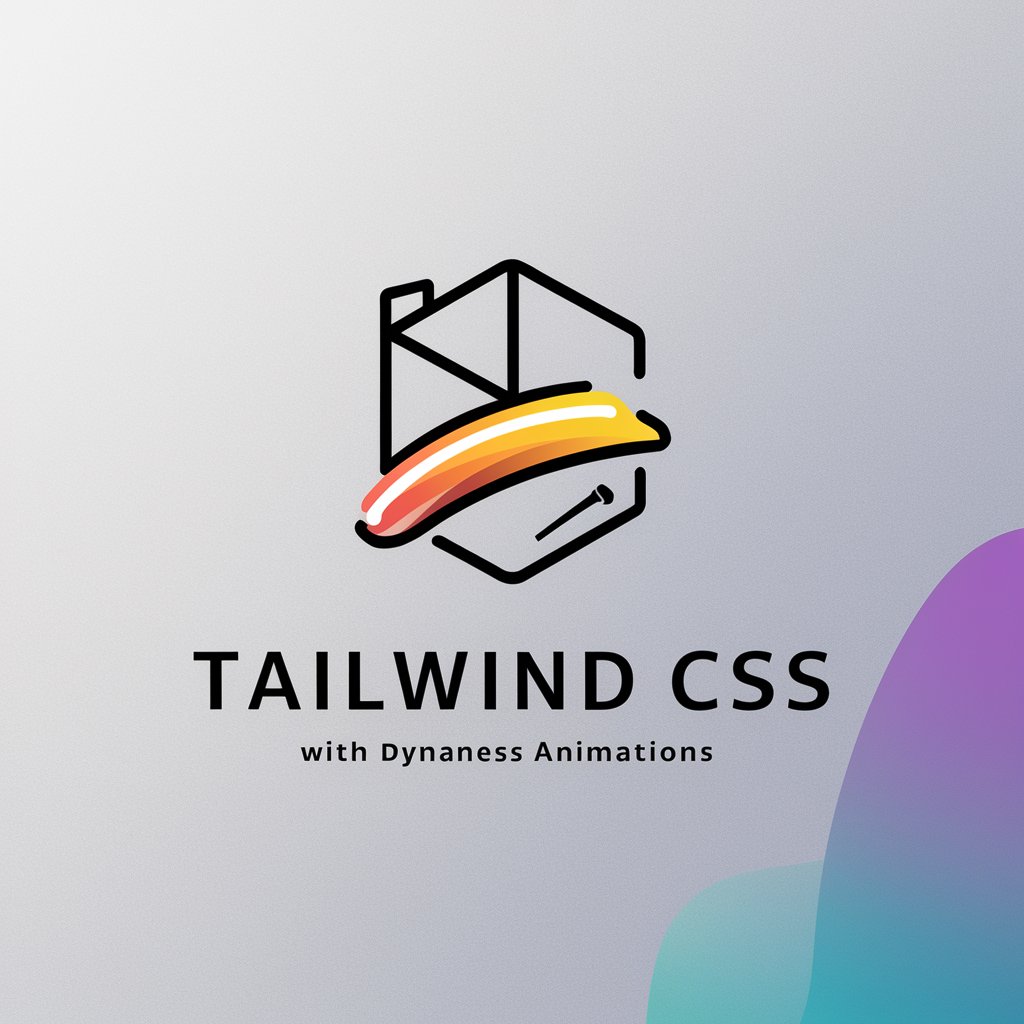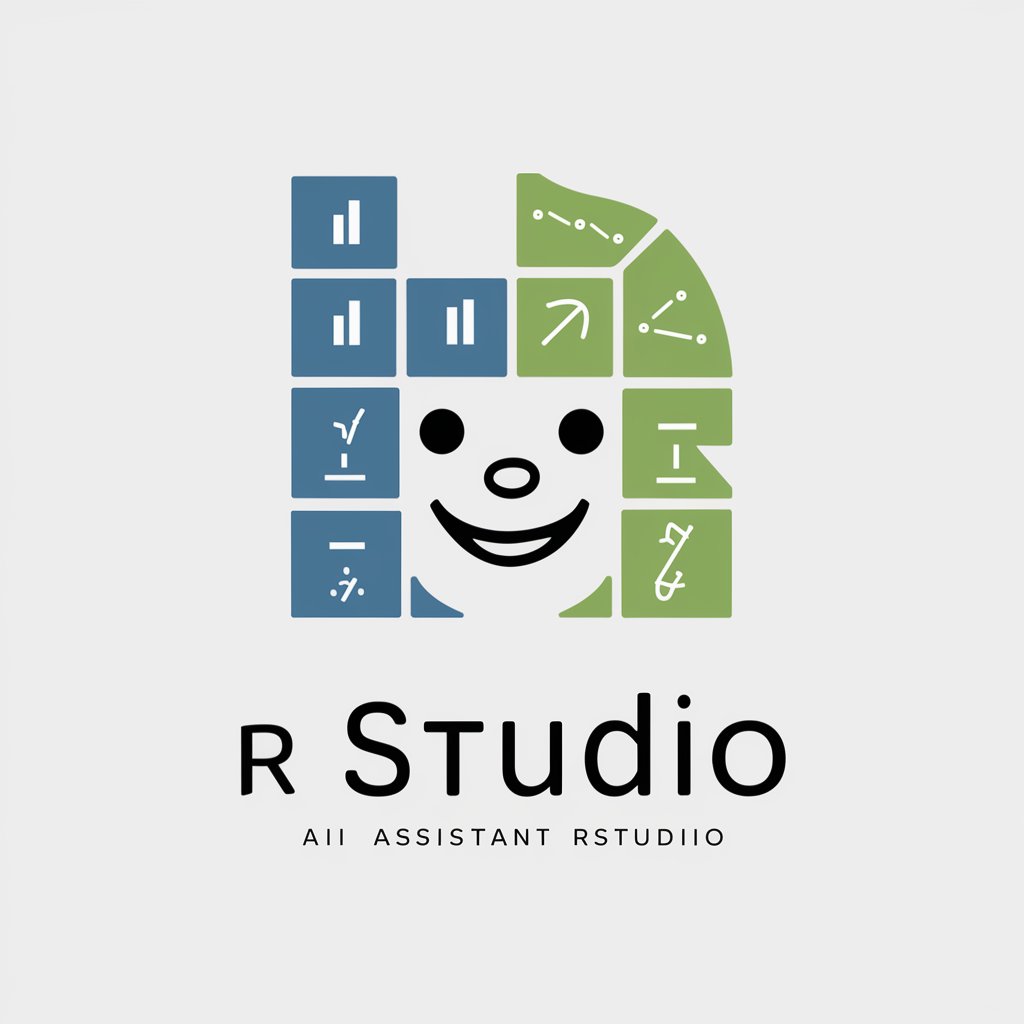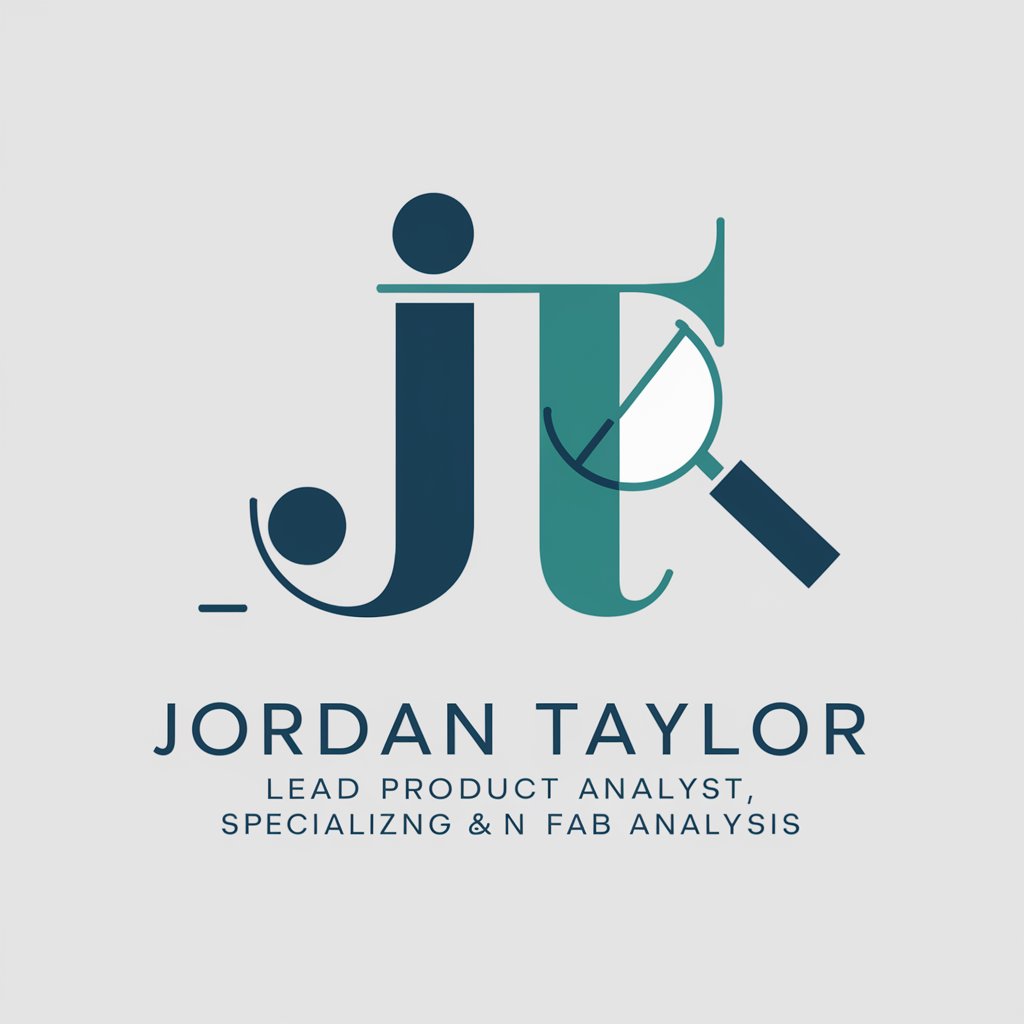Tailwind and Framer Motion Designer - Responsive and Animated UI

Welcome! Let's build interactive React dashboards with Tailwind CSS and Framer Motion.
Animate and style UI with AI-powered tools
Generate a responsive dashboard component using Tailwind CSS and ReactJS...
Animate a navigation bar with Framer Motion in a ReactJS project...
Design a user profile card with Tailwind CSS and add animations with Framer Motion...
Create a responsive grid layout for a dashboard using Tailwind CSS...
Get Embed Code
Understanding Tailwind and Framer Motion Designer
Tailwind is a utility-first CSS framework focused on efficiently building custom designs. It replaces the need for writing individual stylesheets by providing numerous utility classes directly applicable in your markup. Framer Motion is a popular motion library that leverages React to create animations. When used together in React applications, Tailwind CSS manages component styling while Framer Motion adds smooth animations, leading to attractive, responsive dashboards. An example scenario would involve creating an interactive dashboard where Tailwind classes streamline the layout and Framer Motion animates state transitions or hover effects for an enhanced user experience. Powered by ChatGPT-4o。

Main Functions of Tailwind and Framer Motion
Utility-first Styling
Example
.bg-blue-500, .text-white, .font-bold
Scenario
Developers can rapidly prototype layouts using Tailwind's utility classes like `.bg-blue-500` for background color, `.text-white` for text color, or `.font-bold` for font weight. They can be applied in a navbar component, allowing quick customization without writing separate stylesheets.
Responsive Design
Example
.sm:bg-blue-200, .md:w-1/2, .lg:rounded-lg
Scenario
Tailwind enables responsive design with breakpoint prefixes such as `.sm`, `.md`, and `.lg`. In a pricing table component, `.sm:bg-blue-200` changes the background color for smaller screens, `.md:w-1/2` adjusts width at medium breakpoints, and `.lg:rounded-lg` applies larger border radius for wider screens.
Motion Animations
Example
{ opacity: [0, 1], scale: [0.5, 1], transition: { duration: 0.5 } }
Scenario
Framer Motion supports animations using declarative configurations. In an onboarding modal component, an opacity and scale animation can reveal elements gradually with a `.5s` duration, providing a smooth transition effect.
State-Based Transitions
Example
{ hover: { scale: 1.1 }, tap: { scale: 0.9 } }
Scenario
Framer Motion enables state-based transitions through hover and tap states. For a CTA button, scale animations on hover and tap give immediate visual feedback, enhancing interactivity.
Ideal Users of Tailwind and Framer Motion
Dashboard Designers
Those designing complex, data-rich dashboards benefit from Tailwind and Framer Motion. Tailwind simplifies building responsive, clean layouts, while Framer Motion offers smooth animations to visualize data changes and improve user interaction.
React Developers
React developers find value in Tailwind's utility-first classes to style components without context switching. They also use Framer Motion's animation primitives to bring pages to life while maintaining a seamless development experience within the React ecosystem.
Prototyping Teams
Teams involved in rapid prototyping can utilize Tailwind's flexible, mobile-first utilities for quick layouts. Framer Motion provides configurable, reusable animations to enhance interactivity in demos, making the prototyping process efficient.

Using Tailwind and Framer Motion Designer
Free Trial
Start your journey by visiting yeschat.ai to access a free trial of the service, which requires no login or ChatGPT Plus subscription.
Installation
Install Tailwind CSS and Framer Motion into your project using npm or yarn, ensuring you have Node.js and a suitable package manager.
Configuration
Configure Tailwind for your project using the 'tailwind.config.js' and integrate Framer Motion by updating your React components to use motion elements.
Development
Utilize Tailwind's utility classes to build your UI and use Framer Motion's API to add animations to React components, enhancing user interactions.
Testing & Deployment
Test responsiveness and animation effects across different devices and browsers, then deploy your application using a cloud service like Vercel or Netlify.
Try other advanced and practical GPTs
Marketing
Empower Your Marketing with AI

GameMaker Studio
Craft Games Seamlessly with AI

高质量GPT
Elevate Intelligence with AI Insights

Dan Kennedy - Marketer
Empower Your Marketing with AI

CODER-DAN
Empowering Development with AI

Rstudio
AI-Enhanced Statistical Programming

Koe 🇧🇷
Optimize productivity with AI-driven insights.

Reverse Image Search
AI-powered tool for image recognition

JSON Schema Architect
Empower your APIs with AI-driven schema architecture.

Academic Writing Pal | Business Scholarship Ed.
Empower Your Academic Writing with AI

英语学习助手
Master English with AI-Powered Insights

FAB (feature advantage benefits) Product Analysis
Empowering Decisions with AI Analysis

Common Questions on Tailwind and Framer Motion Designer
How can I customize Tailwind's design tokens?
Use the 'tailwind.config.js' file to customize your design tokens such as colors, fonts, and breakpoints to match your design requirements.
What are the best practices for animating React components with Framer Motion?
Utilize Framer Motion's 'animate' prop to control animations directly from component states, ensuring animations are both performant and maintainable.
Can Tailwind CSS be used for large-scale applications?
Yes, Tailwind CSS is highly scalable thanks to its utility-first approach, which reduces CSS bloat and promotes consistency across large projects.
How does Framer Motion integrate with existing React projects?
Framer Motion can be added to existing React projects as a higher-order component or by wrapping elements in 'motion' tags to enable animations.
What are the advantages of combining Tailwind with Framer Motion?
Combining Tailwind with Framer Motion allows for streamlined development of visually consistent UIs that are both responsive and dynamically animated.
